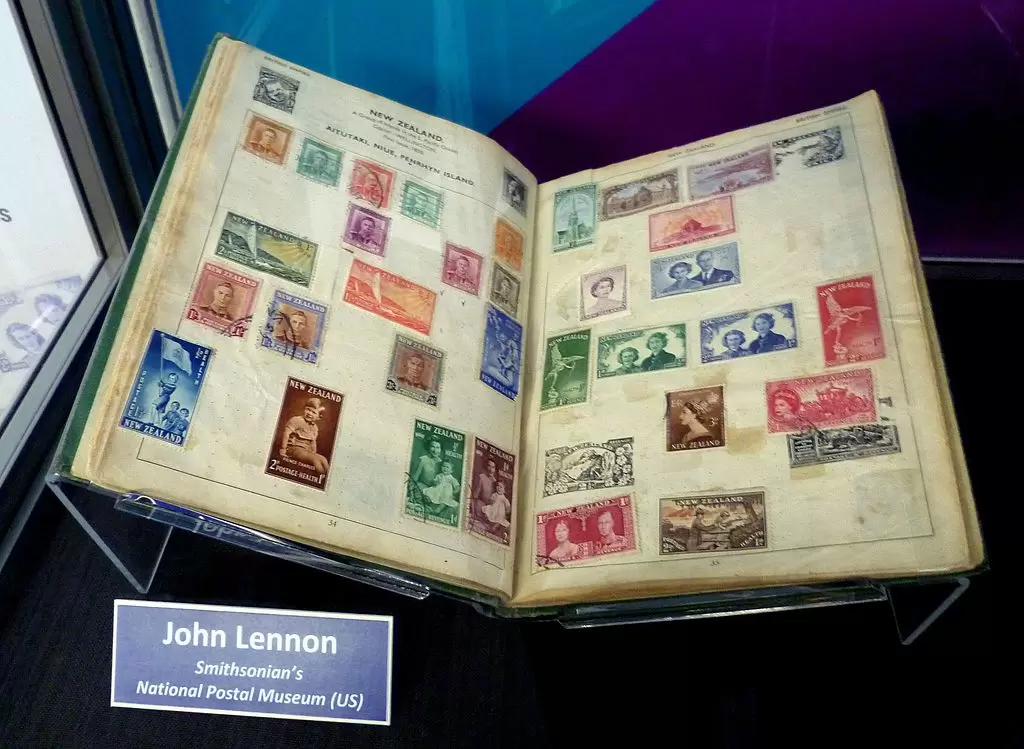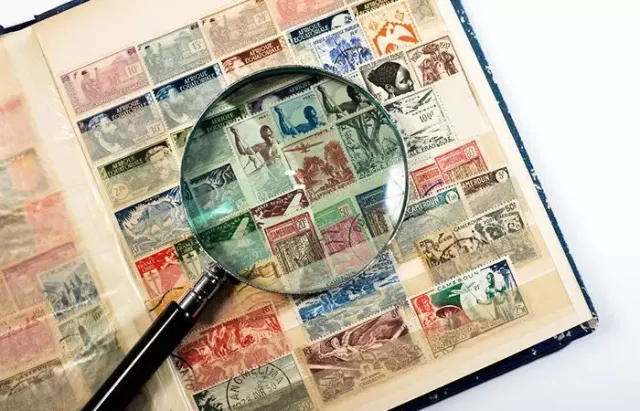Stamp collecting, also known as philately, has a rich history dating back to the mid-19th century.
The first postage stamp, the Penny Black, was issued by Great Britain in 1840. This event marked the beginning of widespread stamp usage and the hobby of collecting them. Stamp collecting gained popularity during the Victorian era, driven by advancements in postal services and increased international communication. The late 19th and early 20th centuries are often considered the golden age of stamp collecting. Collectors avidly sought out new issues, formed societies, and traded stamps across borders. Over time, collectors began specializing in specific areas, such as particular countries, themes (like animals, famous people, or historical events), or types of stamps (such as airmail or postage due). Philatelic societies and clubs emerged worldwide, providing collectors with opportunities to meet, share knowledge, and exchange stamps. Stamp collecting has also been viewed as an investment opportunity, with rare and valuable stamps fetching significant prices at auctions.

The future of stamp collecting may involve increased digitization. Online platforms and digital catalogues make it easier for collectors to research, buy, and sell stamps. As with many hobbies, the demographics of stamp collectors are shifting. Younger generations may engage with philately differently, perhaps integrating digital tools and social media into their collecting activities. Despite changes in technology and demographics, stamp collecting is likely to endure. The hobby offers a unique blend of history, art, culture, and community that appeals to enthusiasts of all ages. For investing purposes, the value of stamps depends on demand, trends, origin, and condition of a stamp. Unused stamps are more valuable than used ones. However, if a stamp is very rare, it could be investment-grade even if its condition is less than perfect.
The stamp collecting market experiences trends and fluctuations. What’s in demand today may not be as sought after in the future, and vice versa. Factors such as changes in collecting preferences, historical events, and cultural shifts can influence market trends in stamp collecting. Stamp collecting is a global hobby, and the market extends worldwide. Collectors may buy and sell stamps from various countries, leading to a diverse and vibrant marketplace. International events, such as stamp exhibitions and auctions, play a significant role in facilitating transactions and connecting collectors from different parts of the world.
Philatelic organizations and postal administrations may innovate to attract new collectors, perhaps by issuing stamps with interactive features or integrating them with augmented reality experiences.
In summary, while the future of stamp collecting may see changes driven by technology and shifting demographics, the hobby’s rich history and enduring appeal suggest that it will continue to thrive in various forms.

